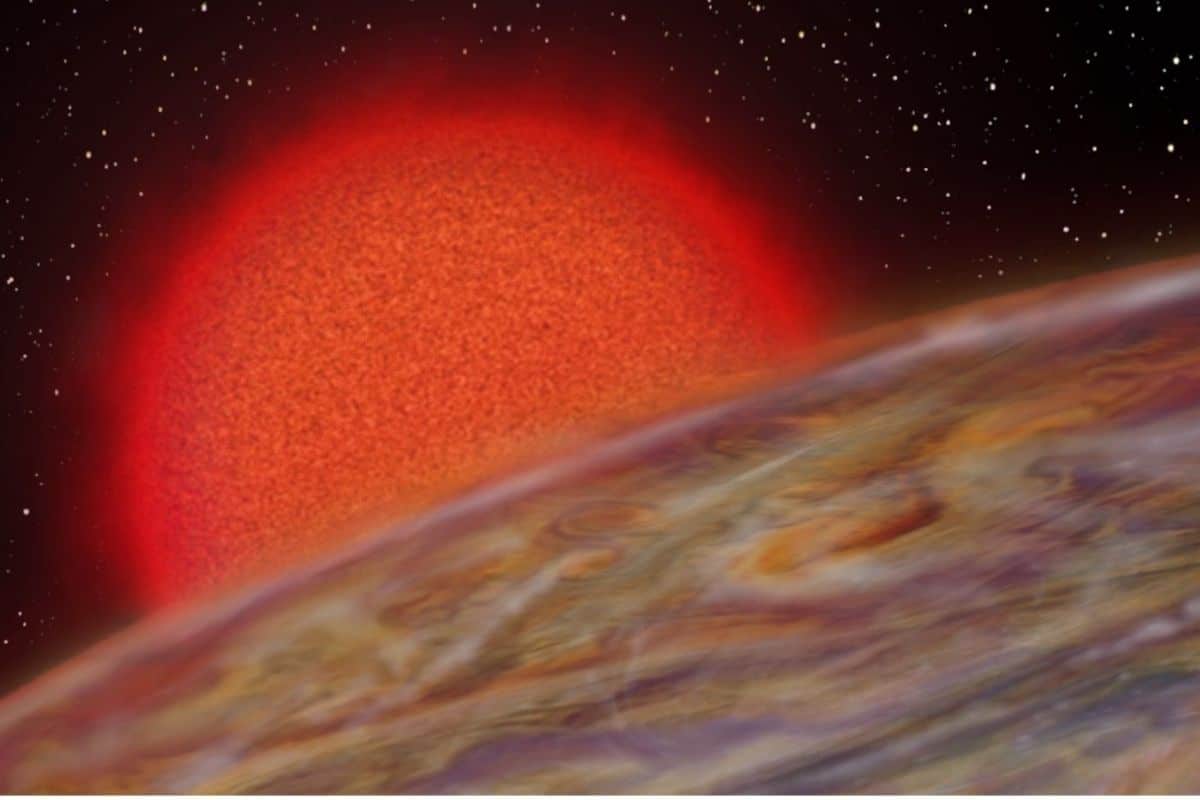

Exoplanet TOI-2337b will be swallowed by its parent star in less than 1 million years. And that’s faster than any other currently known planet.
Meanwhile, astronomers have already uncovered thousands of exoplanets — planets outside our solar system. But in a new study researchers describe the discovery of three very unique specimens. The exoplanets are all in particularly tight orbits around their parent star. And one of them will even face its death ‘soon’ – in cosmic terms.
Three exoplanets
The discovery of the three exoplanets – which have been given the names TOI-2337b, TOI-4329b and TOI-2669b – are thanks to planet hunter TESS. And in the new study, the researchers further characterized the planets. It turns out that there are three gas giants, with masses between 0.5 and 1.7 times the mass of planet Jupiter. Its dimensions range from slightly smaller to more than 1.6 times the size of Jupiter. In addition, they all have different densities. One is ‘styrofoam-like’ while the other is three times denser than water. This implies that the planets all saw the light of day in a different way.
Edge of the abyss
But what is perhaps most interesting about the three planets discovered is their particularly close orbits around their parent star. The three planets orbit dangerously close to their parent stars, which are approaching the end of their lives. And that means that the planets may also no longer have a long life: they are on the edge of the abyss. For example, one of the planets, TOI-2337b, will be swallowed up by its parent star in less than 1 million years. And this is special: no planet is as close to its demise as this newly discovered specimen.
Course
The planets are expected to spiral more and more towards their parent stars in the near future. This will accelerate as it enters the final stage of the star’s life. As the planets get closer and closer to their parent star, they heat up, potentially blowing up their atmospheres. Changing the orbit of the planets around a parent star, in turn, can also destabilize an entire planetary system or cause the planets to collide with siblings as they get closer and closer.
End
According to the researchers, the discovery of the exoplanets that almost look death in the eye is very important. “It’s crucial to our understanding of how planetary systems evolve over time,” explains study leader Samuel Grunblatt. “The observations therefore provide more insight into planets approaching the end of their lives before being swallowed by their parent stars.”
These three planets are probably just the tip of the iceberg. “We expect to find tens to hundreds of similar planetary systems with TESS,” said study researcher Nick Saunders. “This will expand our knowledge of how planets interact, how they inflate or migrate around stars.”
Source material:
“Newly Found Planets On The Edge Of Destruction” – WM Keck Observatory
Image at the top of this article: Karen Teramura/University of Hawaii Institute for Astronomy